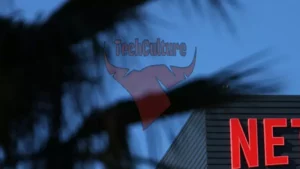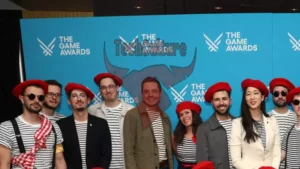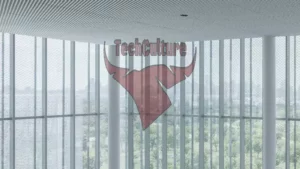The Creative Destruction Lab (CDL), originally established in 2012 at the Rotman School of Management, has emerged as a powerhouse for science-based startups, becoming a hub of innovation and entrepreneurship. What started as a refuge for “misfit” MBAs has now blossomed into a global network of 13 branches, generating an astonishing $28 billion in equity value. This remarkable success is a testament to the CDL’s unique approach to fostering and nurturing groundbreaking ideas.
The CDL’s philosophy is centered around the concept of creative destruction, a term coined by economist Joseph Schumpeter. This approach encourages disruptive innovation by challenging existing paradigms and fostering an environment where entrepreneurs can push the boundaries of what is possible. By providing a platform for ambitious founders to connect with experienced mentors, investors, and industry experts, the CDL has created a fertile ground for startups to thrive.
The impact of the CDL cannot be overstated. Its alumni include some of the most promising and influential startups in the science and technology sectors. From biotechnology and artificial intelligence to clean energy and quantum computing, the CDL has been instrumental in propelling these ventures to success. The staggering $28 billion in equity value generated by CDL-backed startups is a testament to the program’s ability to identify and nurture high-potential ventures.
The Creative Destruction Lab’s meteoric rise from a refuge for “misfit” MBAs to a global network of innovation is a remarkable success story. By embracing the principles of creative destruction and providing a supportive ecosystem for startups, the CDL has not only transformed the lives of countless entrepreneurs but has also contributed significantly to the advancement of science and technology. As the CDL continues to expand its reach and impact, its influence on the startup ecosystem is set to grow even further, cementing its position as a driving force behind the next generation of transformative businesses.
Read more at Poets&Quants





